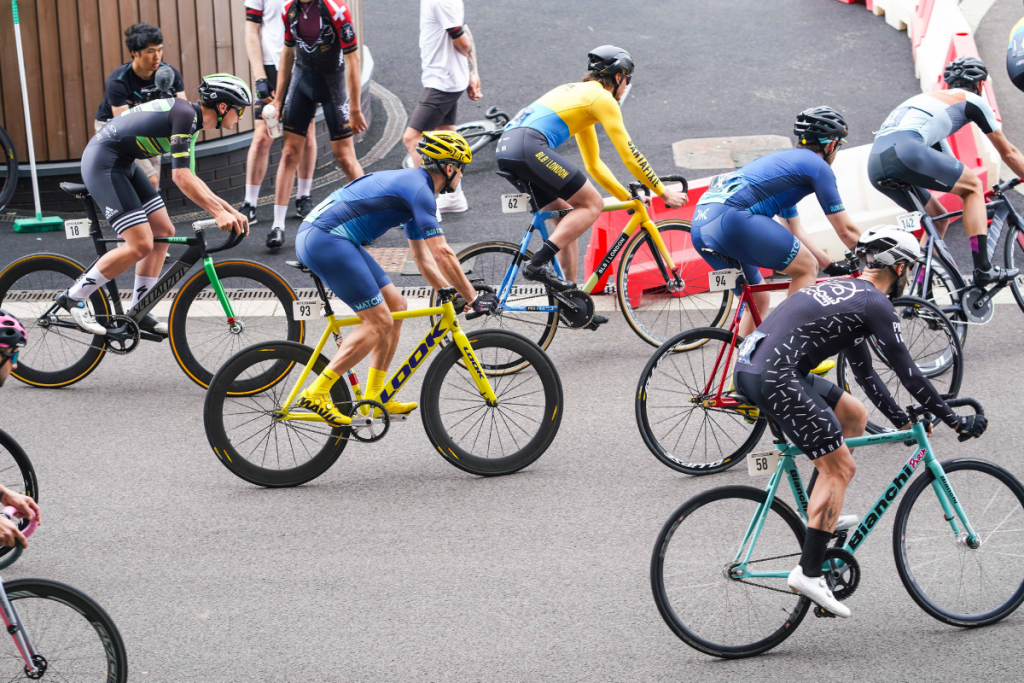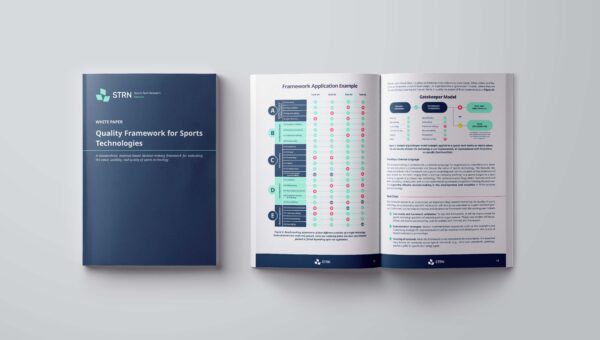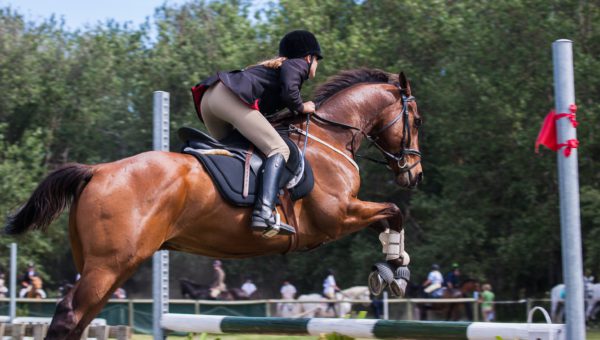Download the infographic about Pace here.
Many recreational cyclists participate in organized events for which they train several weeks in advance. At the moment of the event, they want to reach the finish line (in the best possible time) and to do so, they are forced to perform close to their limits. However, many of these people do not know the physiological limits of their own body, mostly due to a lack of experience in these events. Therefore, they often do not know how to pace their ride and unfortunately, this may result in exhaustion before reaching the finish line.
Such negative and unsatisfying experiences, which are not uncommon, often cause dropout from sports participation. Therefore, many recreational, competitive and elite athletes (cycling, triathlon, running) would benefit from real-time insight into their energy balance during a training or race as this can have beneficial effects on training outcomes and contribute to healthy sports participation.
Furthermore, it can help avoiding over-training and occurrence of illness/injury, especially because it has been shown that training at the limits of exercise tolerance can have a negative impact on immune function.
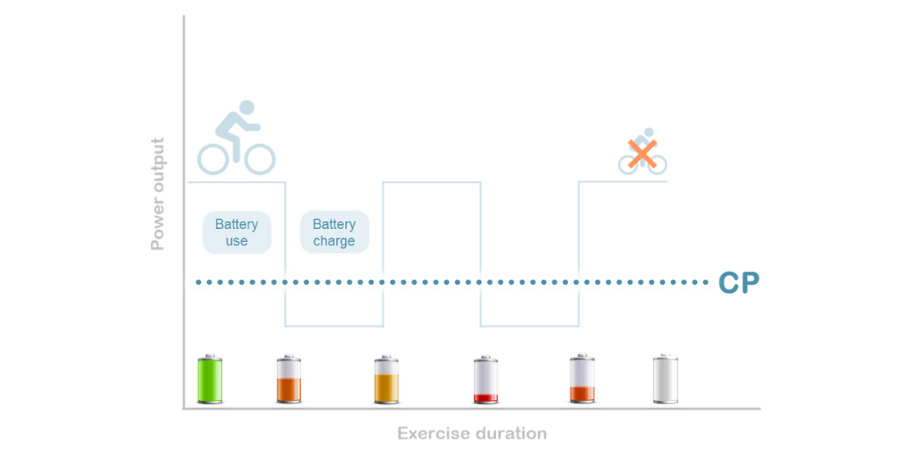
PACE is based on the Critical Power concept. The Critical Power (CP) represents a boundary, at which, from a mathematical perspective, an athlete can maintain performance for an infinite amount of time. It corresponds to the maximal lactate steady state, i.e., the highest power output at which a metabolic steady state is still possible. Additionally, an individual has a battery (which is called W’ in the Critical Power concept), consisting of predominantly anaerobic energy sources, that will be depleted when the athlete performs above CP, but will recharge when exercising below CP. PACE will quantify the instantaneous level of the battery during exercise and will, as such provide information on the available energy levels of the athlete.
How can PACE help you to control your energetic balance?
Prof. Jan Boone and his team from the Exercise Physiology and Sports Nutrition department at Ghent University are developing the PACE-model in collaboration with the data science expertise from the group of Prof. Steven Verstockt. It’s an algorithm/tool that quantifies the energetic reserve capacity of the body during exercise. The PACE-model integrates data registered during training (power output/speed or heart rate) and matches these data to the individual exercise capacity.
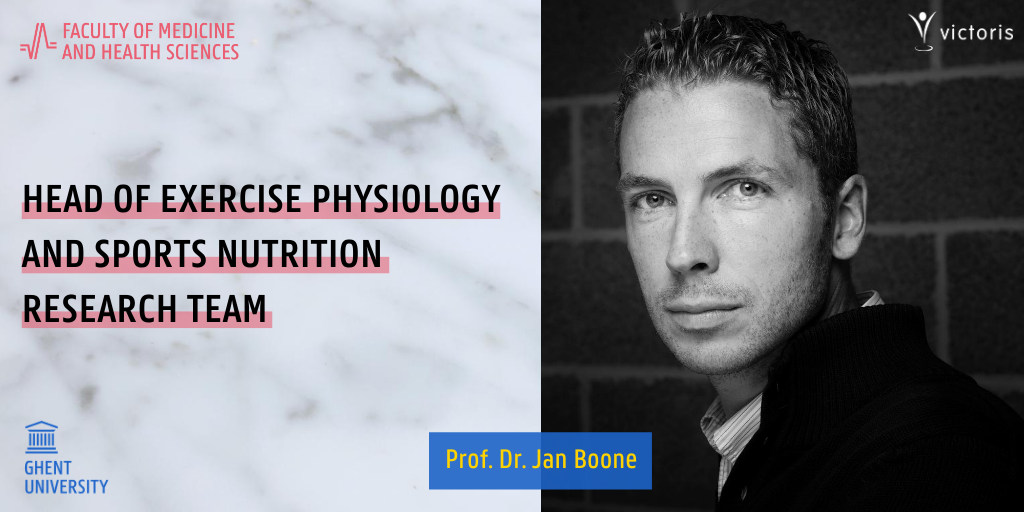
Using this algorithm/tool, individuals performing exercise obtain real-time feedback on their energetic balance. Therefore, the PACE-model has broad application potential as it can be used to quantify the level of exertion during exercise/training. It allows to make immediate decisions with regards to pacing strategy (i.e., the intensity at which they are exercising), and it can help in the design of (interval) training sessions fitted to the individual. As such, the PACE-model can be integrated or developed into a more mature training tool that strongly enhances the experience and efficiency of exercising, training and performing.
Who is the focus target group for the PACE-model?
- The first target population consists of a very large cohort of recreational endurance athletes.
Many of these athletes already use a training platform (e.g., TrainingPeaks, Coachbox, Garmin Connect) and a training device (e.g., Garmin, Suunto, In The Race). In general, these platforms integrate data from wearable/mobile devices that measure heart rate, speed, power output and cadence and combine these data to analyze the training sessions of the athletes. However, at the moment, none of these devices or platforms integrates a tool that allows accurate real-time monitoring of the energetic balance during the training sessions.
- A second (large) target market is the fitness sector and start-to-sport populations.
These populations often use apps to monitor the training process and specially to maintain the motivation to continue the training program. The real-time monitoring of the energetic balance provided by PACE could present this motivational tool, as it will ensure that these populations do not cross their individual limits, thus avoiding negative training experiences.
- PACE could also be used in the area of data driven sports reporting.
It would be interesting to enrich live sports reporting with input on the energy balance of athletes during their performance. In this context, PACE could fit well within the DAIQUIRI project in which artificial intelligence algorithms are developed to allow the output of wearables and sensors to be used in live coverage of sport events.
What does the future hold for PACE?
Additionally, it should be noted that also in elite cycling there is a strong interest in a model that provides real-time information about the residual performance capacity of the cyclists. Prof. Jan Boone has presented the research data (without the model itself) at the World Conference of Science & Cycling in Brussels (2019), which took place a week before the start of the Tour De France.
At this conference, not only scientists but also many performance managers of WorldTour Teams were present. Following the lecture, the team was able to establish a scientific collaboration with WorldTour Cycling Team Mitchelton Scott and as a result they are exploring the possibilities of applying such a model in cycling at the highest level.
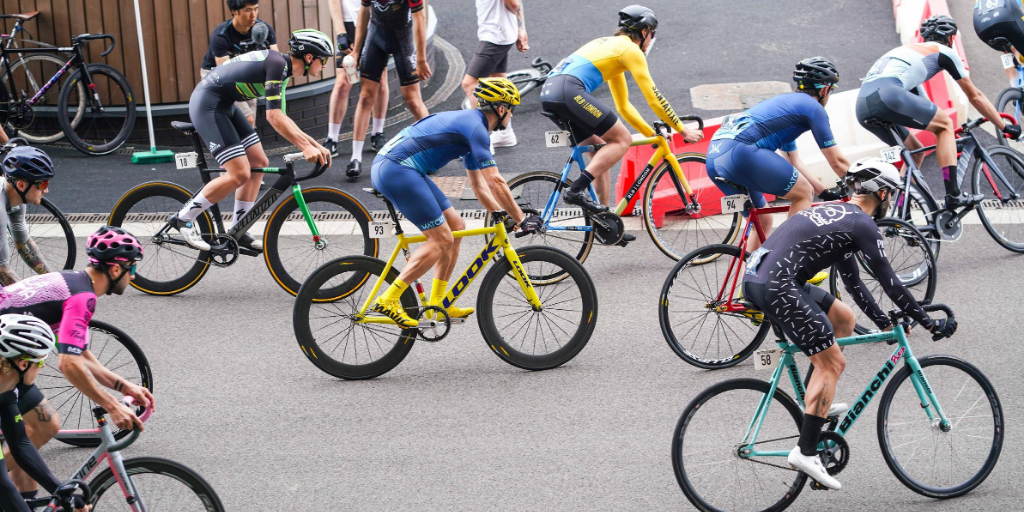
Real-time insight into the energetic reserve capacity of each cyclist could support strategic decision-making during races with regards to e.g., initiating an attack from the pack or selecting the best rider to chase a leading group. Furthermore, this model could also be used to determine the strategy for the team time trial because it could indicate how long each rider should take the lead (i.e., the position in which he is performing above CP and depletes his W’) or needs time to recover in the track of his teammates (i.e., re-fueling the battery).
Therefore, PACE could certainly have an impact in elite sports, and this could be a facilitator for the broader use in recreational cycling (as many recreational cyclists want to train and perform as elites).
Although the main focus of the current project will be on cycling, the model is equally relevant to other sports disciplines with an intermittent character such as (trail)running or triathlon.
Even from a broader perspective, the model could also have applications for sedentary people and patient populations that want to start a training/rehabilitation program.
Here’s a summary video of the PACE project:


